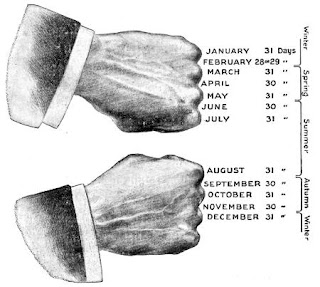Session name: 20090131.1345

Location: Top of the Lawn, Central Park
Site Classification: Urban
Dark Sky Scale, Bortle: Class 8, City Sky
Seeing Scale, Antoniadi: II/III
Transparency: Good
NELM: mag -4.5
Weather: Clear sky, cold day; light breeze (Beaufort 2) sometimes increasing to gentle breeze.
Moon: 5d11h waxing crescent, sunrise terminator.
Equipment: Tak FS-102, 4" refractor; Tom C., tripod-mounted Fujinon 16x70 binoculars
Observing Party: Peter and Tom C.
Passersby: 70 ~80
Objects observed: Venus, Moon, & Sun"What are you guys looking?""Is there something special today?""Is that a camera?"These were the most frequent questions that passersby asked when Tom C. and I set up our gear at the Top of the Lawn. When we replied that one could observe the planet Venus with the unaided eye (naked eye) and also look through our optics, many accepted the offer. Our daytime astronomy session catered to a regular stream of passersby arriving in clusters of people at a time. We invited them to the eyepiece and offered to help them find the planet with the naked eye.
Unaided eyeThe crescent Moon was well above the treeline to our east in a cloudless, bluish sky. The Moon could easily been ignored if one weren't looking for her. In the daytime, a crescent moon has low contrast with the background sky, but a prompt as to where to look, one can find it without difficulty.
Looking directly south from the crescent Moon, Venus sparkled as a lonesome diamond chip. On the sky, in celestial terms, Venus was about 17° west southwest of the Moon. It was far easier describe to the public to imagine that the Moon at the center of a clock and that Venus was at a 3 o'clock position. The real difficulty was describing how far to look away from the Moon. Clouds, planes, balloons, or birds in the sky are convenient "landmarks" to direct one's attention but none were available.
Instead we used our hands to find Venus. A hand span, with pinky and thumb extended, held at arms length is about 20°. So basically recited these instructions:
- Place the thumbnail beneath the Moon
- Imagine the Moon is at the center of clock
- Place pinky tip at the 3 o'clock position (level line)
- Look above the pinky nail, this is the are of sky where to look and you can drop your hand
- Relax your focus as if you are looking through and beyond the sky
- When you see a small glitter, look for a star on the background sky.
- Eureka!
As the day progressed, the line that Venus made with the Moon advanced to 4- and 5 o'clock orientations. I was surprised by how many spotted Venus successfully. More gratifying was when once someone spotted Venus and were eager to show others who were having trouble. Success and astonishment were breeding.
I passed around the solar paddles for those interested in looking safely at the Sun. Through the Baader solar film, one could see the entire disk of a Sun
sans sunspots.
Telescope and Binoculars
Tom C. had the binoculars exclusively on Venus. At 16x power and observing the sunlight reflected off the cloud tops on Venus 50 million miles away, most people could make out the crescent shape of Venus.
In the telescope with a magnification of 63x, we swapped views of the Moon and Venus.
First time telescope observers were confused by what they saw in the eyepiece. They looked into the eyepiece and said they could not see Venus, all they could see was the crescent Moon. We - Tom, myself, an even observers who just left the eyepiece - told them that they were looking at Venus and no the Moon. After everyone in the crowd saw Venus, the scope was turned on the Moon for comparison and appreciation.
Everyone marveled at the size of the moon and the details of craters and mare. At this age of the moon, 5 1/2 days, Mare Necatris and the Altai Scarp were well favored to observe under the dramatic sunrise light on the Moon. This part of the Moon caught most persons attention, especially crater Theophilus with its central peak.
For those that asked if we were birding, we were not disappointed. With Tom's help we saw and identified:
- a red-tailed hawk flew nearby gliding on whirlpools of air,
- flocks of geese migrated between Turtle Pond and the Reservoir,
- a Peregrine Falcon swooped in a circle nearby then perched on a tree to our east
- and Cooper's Hawk flew across the Great Lawn.
Labels: birds, daytime astronomy, Venus





















